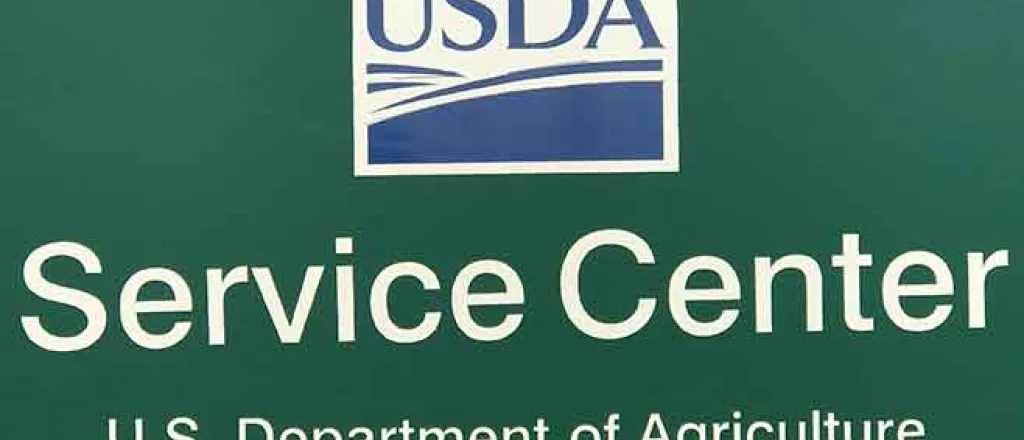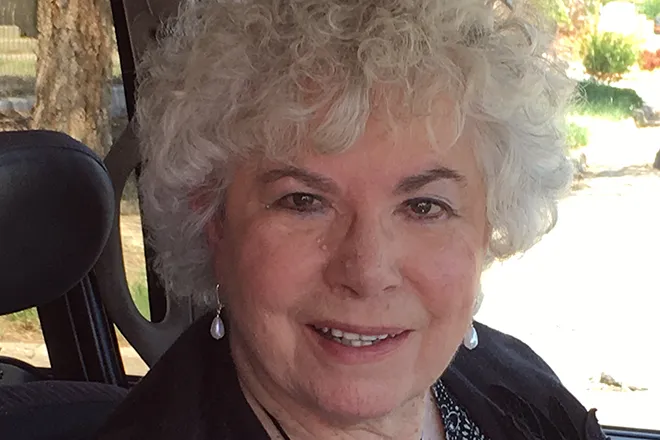
USDA Update – February 28, 2023
IMPORTANT DATES TO REMEMBER
- EMERGENCY GRAZING AVAILABLE ON CERTAIN CRP CONTRACTS
- February 27, 2023 - April 7, 2023 - CRP General Sign Up 60 signup period
- March 15 – July 15 - PRIMARY NESTING SEASON for CRP contracts
- March 15, 2023 - 2023 ARCPLC Election and Enrollment
- March 15, 2023 – SPRING NAP APPLICATION FOR COVERAGE DEADLINE
- June 2, 2023 - ERP Phase 2 and PARP Deadline
Disclaimer: Information in this UPDATE is pertinent to Kiowa County FSA only. Producers reading this and that do not have FSA interest in Kiowa County are advised to contact their local FSA Office.
THE USDA SERVICE CENTER HAS A DROP BOX AVAILABLE ON THE EAST SIDE OF THE BUILDING.
U.S. DROUGHT MONITOR
The drought maps for this week focus on the High Plains region and all of Colorado. Very little D2 and D3 drought conditions exist in Colorado, mostly in SE Colorado for those counties bordering Kansas.
ARCPLC ELECTION AND ENROLLMENT
Operators of farms that have not signed the 2023 ARCPLC election and enrollment contracts have been notified. The notification operators received last week, is the last one from the office. Wednesday, March 15, 2023, is the deadline for all signatures needed on the ARCPLC contract to be returned to the office.
NONINSURED ASSISTANCE PROGRAM or NAP DEADLINE
Wednesday, March 15, 2023, is the deadline for producers to purchase or apply for a NAP policy on spring planted NAP crops. In Kiowa County, these crops are common millet and feed crops. There are producers who need to meet linkage due to the fact they applied for a 2020 or 2021 ERP payment on a NAP crop. The linkage requirement is basic coverage of 50% yield and 55% price coverage. It is the producer’s responsibility to assure the linkage requirement is met.
USDA Announces General Conservation Reserve Program Signups for 2023
Agriculture Secretary Tom Vilsack announced that agricultural producers and private landowners can begin applying for the Conservation Reserve Program (CRP) General signup starting February 27 through April 7, 2023. CRP is a cornerstone voluntary conservation program offered by the U.S. Department of Agriculture (USDA) and a key tool in the Biden-Harris administration’s effort to address climate change and help agricultural communities invest in the long-term well-being of their land and natural resources.
Producers and landowners enrolled more than 5 million acres into CRP through signups in 2022, building on the acceptance of more than 3.1 million acres in the largest Grassland CRP signup in history. There are currently 23 million acres enrolled in CRP, with 1.9 million set to expire this year. USDA’s Farm Service Agency (FSA) is aiming to reach the 27-million-acre cap statutorily set for fiscal year 2023.
General CRP
General CRP helps producers and landowners establish long-term, resource-conserving plant species, such as approved grasses or trees, to control soil erosion, improve water quality and enhance wildlife habitat on cropland. Additionally, General CRP includes a Climate-Smart Practice Incentive to help increase carbon sequestration and reduce greenhouse gas emissions by helping producers and landowners establish trees and permanent grasses, enhance wildlife habitat, and restore wetlands.
Continuous CRP
Under Continuous CRP, producers and landowners can enroll in CRP throughout the year. Offers are automatically accepted provided the producer and land meet the eligibility requirements and the enrollment levels do not exceed the statutory cap. The Climate-Smart Practice Incentive is also available in the Continuous signup.
FSA offers several additional enrollment opportunities within Continuous CRP, including the Clean Lakes Estuaries and Rivers Initiative (CLEAR30), the State Acres for Wildlife Enhancement (SAFE) Initiative, the Farmable Wetlands Program (FWP), and the Conservation Reserve Enhancement Program (CREP). The CLEAR30 Initiative, which was originally piloted in twelve states in the Great Lakes and Chesapeake Bay watershed, has been expanded nationwide, allowing producers and landowners to enroll in 30-year CRP contracts for water quality practices. Under this administration, FSA also moved SAFE practices back to the Continuous CRP signup, giving producers and landowners more opportunities to participate in the initiative. Through the FWP, producers and landowners can enroll land in CRP as part of their efforts to restore previously farmed wetlands and wetland buffers, to improve both vegetation and water flow.
This administration has also made significant improvements to CREP, which leverages federal and non-federal funds to target specific State, regional or nationally significant conservation concerns. Specifically, USDA made significant improvements to CREP to reduce barriers and make the program more accessible to a broad range of producers and new types of partners.
These updates included flexibility for partners to provide matching funds in the form of cash, in-kind contributions, or technical assistance, along with an investment in additional staff to work directly with partners. Through CREP, for the first time ever, three Tribal Nations are now partnering with USDA to help conserve, maintain, and improve grassland productivity, reduce soil erosion, and enhance wildlife habitat.
Grassland CRP
FSA will announce the dates for Grassland CRP signup in the coming weeks. Grassland CRP is a working lands program, helping landowners and operators protect grassland, including rangeland and pastureland and certain other lands, while maintaining the areas as working grazing lands.
Protecting grasslands contributes positively to the economy of many regions, provides biodiversity of plant and animal populations, and provides important carbon sequestration benefits to deliver lasting climate outcomes.
How to Sign Up
Landowners and producers interested in CRP should contact their local USDA Service Center to learn more or to apply for the program before their deadlines.
Producers with expiring CRP acres can use the Transition Incentives Program (TIP), which incentivizes producers who sell or enter a long-term lease with a beginning, veteran, or socially disadvantaged farmer or rancher who plans to sustainably farm or ranch the land.
KIOWA COUNTY FARM SERVICE AGENCY COUNTY COMMITTEE
- Sean Harkness – LAA 1 – East area – Committee Chairperson
- Destiny Haase - LAA 2 – Central area – Committee Vice-Chairperson
- Michael Zimmerman – LAA 3 – West area – Committee Regular Member
USDA SERVICE CENTER CONTACT INFORMATION
409 E Lowell Ave.
PO Box 188 – Eads, CO 81036
Telephone 719-438-5851 FSA (Ext 2), NRCS (Ext 3). FSA Fax number: fax2mail 844-332-7501
FSA - Farm Service Agency
- Dawna Weirich – CED dawna.weirich@usda.gov
- Charla Ferris – PT charla.ferris@usda.gov
- Brandi Nevius – PT brandi.nevius@usda.gov
- Teri Ellis – PT teri.ellis@usda.gov
NRCS – Natural Resource Conservation Service
- Scott Smith – Resource Team Leader 719-767-5648 ext. 3 scott.smith3@usda.gov - Cheyenne Wells
- Steve Schmidt – steven.schmidt2@usda.gov Eads Office
- Marty Miller - marlin.miller@usda.gov Eads Office
- Kathleen Johnson – kathleen.johnson@usda.gov Eads Office
KIOWA COUNTY FARM LOAN CONTACT INFO – CALL FOR AN APPOINTMENT
Telephone 719-336-3437 (ext. 2)
- Mary Rhoades, mary.rhoades@usda.gov,
- Nicole Lubbers, nicole.lubbers@usda.gov
SERVICE CENTER OFFICE HOURS:
Monday through Friday - 8:00 a.m. to 4:30 p.m.














